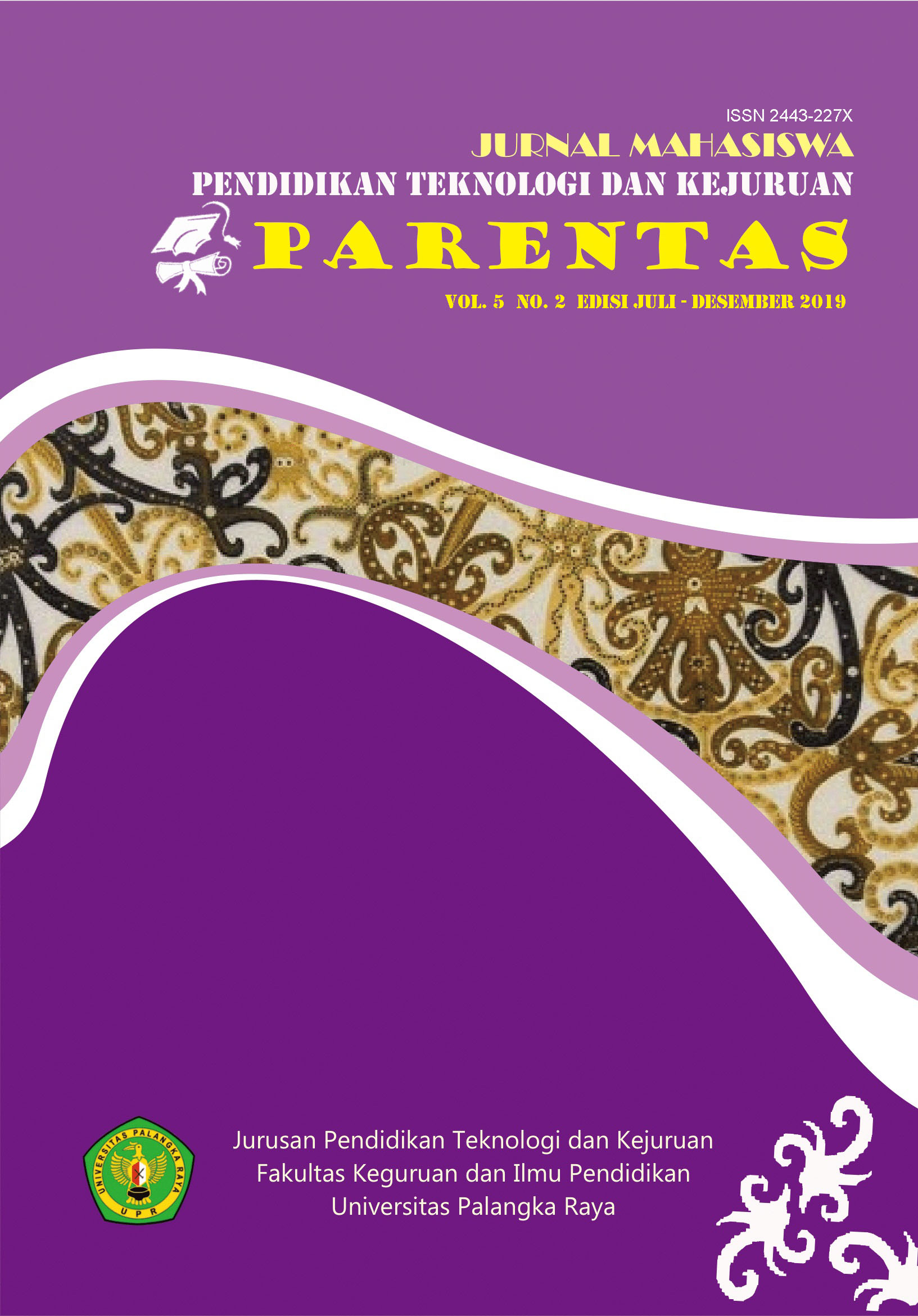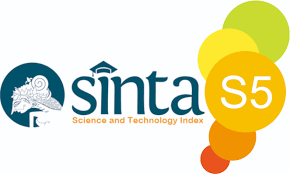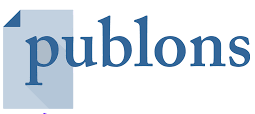THE APPLICATION OF PICTURE AND PICTURE LEARNING MODELS TO STUDENT LEARNING OUTCOMES IN SYMBOLS, NOTATIONS AND DIMENSIONS TECHNICAL IMAGES IN CLASS X CONSTRUCTION AND PROPERTY BUSINESS OF SMK NEGERI 1 PALANGKA RAYA ACADEMIC YEAR 2017/2018
Keywords:
Picture and Picture, learning resultAbstract
This research is motivated by the learning outcomes of students in Technical Drawing subjects in Class X of the Construction and Property Business which are still relatively below the minimum completeness value of 75. Students tend to be silent, passive and less involved in the learning process. With the Picture and Picture learning model, it is expected that learning that takes place can be more meaningful, give a strong impression on students, and students can play an active role in learning activities. The purpose of this study was to find out the learning outcomes after using the Picture and Picture learning model. The research used was descriptive research where the data used in this study is quantitative data in the form of scores obtained from student learning outcomes tests. The research subjects were class X BKP SMK-N 1 Palangka Raya 2017/2018 school year which amounted to 22 students. The instrument used in this study is the final test of student learning outcomes. Each item on the final test was examined by three raters consisting of two lecturers of Technology and Vocational Education at Palangka Raya University and one teacher who taught Drawing Technical class X BKP SMK-N 1 Palangka Raya to obtain item validity. Test questions before rater were 50 items. From the validity analysis by rater, obtained 40 valid items and observation sheets for psychomotor aspects. Data analysis uses individual completeness and classical completeness. The results of the study showed that overall learning activities carried out well and student learning outcomes have reached completeness criteria. From the results of the final test analysis obtained complete student mastery learning by 90.91% and 79.3% achievement level with the criteria achieved. While meetings I to VI experienced increases and decreases. In meetings I to VI, learning completeness was obtained at 55%, 77%, 81.8%, 81%, 82%, 82% and the achievement level was 72%, 79%, 79%, 81%, 80.9%, 78% with criteria achieved, while psychomotor domain learning outcomes get better with a percentage of learning completeness of 95%. So it can be concluded by using a Picture and Picture learning model of student learning outcomes increases.
Downloads
Downloads
Published
Issue
Section
License
Copyright (c) 2019 PARENTAS: Jurnal Mahasiswa Pendidikan Teknologi dan Kejuruan

This work is licensed under a Creative Commons Attribution-NonCommercial 4.0 International License.


















